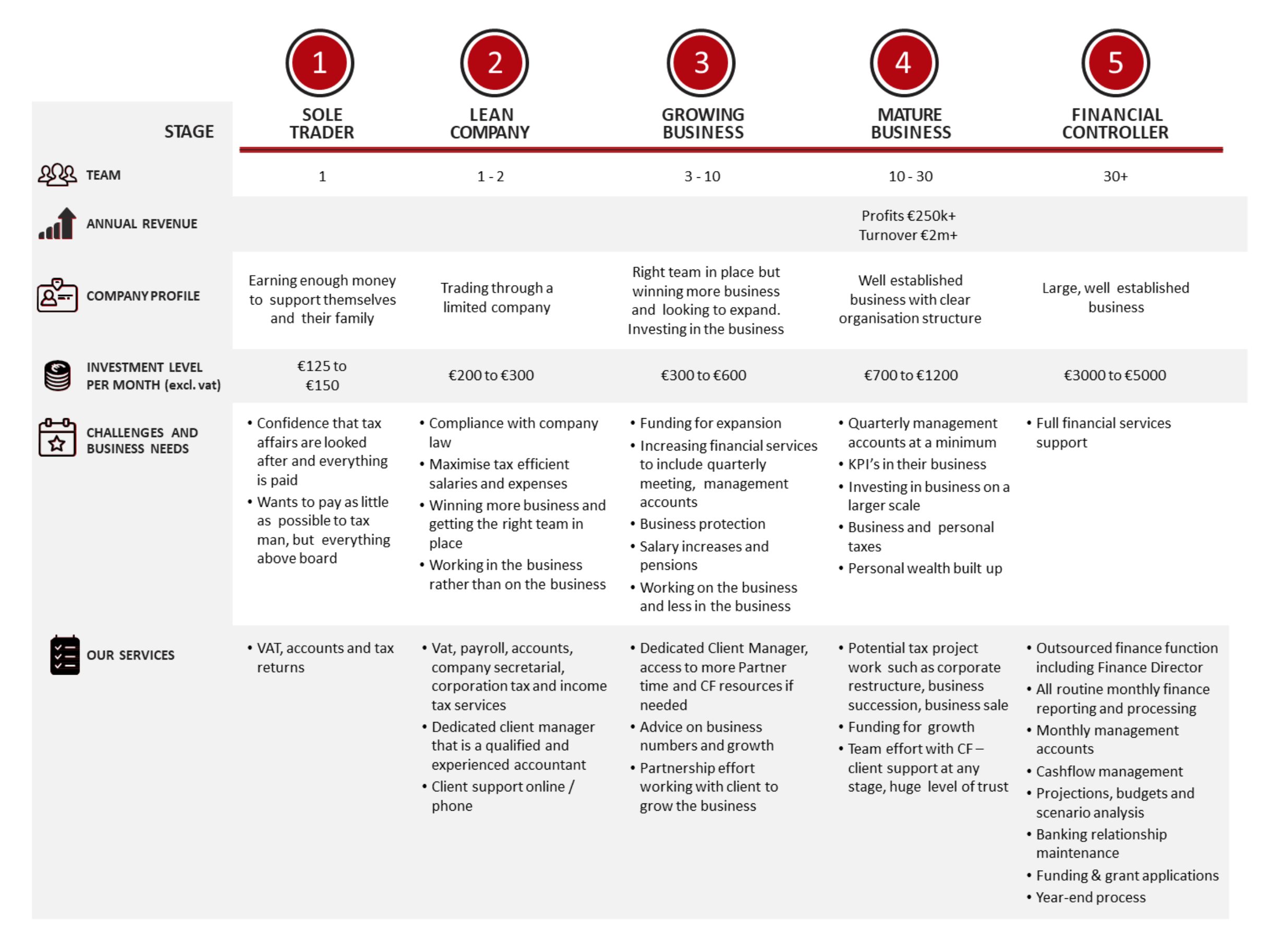Let’s look under the bonnet of a Company Director’s Loans. I’ll introduce you to the stars of this courtroom drama. We discussed some of the issues that come up in this case in a blog from 2018. Can I borrow money from my Company is worth a read if you want to get more detail and background. Highlights will include
- The Stars
- What Revenue want
- The Issue
- Case for the defence
- Case for Revenue
- Commissioner Ruling
- Lessons
The Stars
The Stars are William Hopkins, serial entrepreneur. William lived in the UK all his life. He started and ran companies. His Irish Company is Call Me Lately Ltd [the company]. And, of course, Irish Revenue. William and his company are the Appellants [defendants]. Revenue is the prosecution.
What Revenue want
What Revenue want is one lot of tax out of two assessments raised. They raised an assessment against William in 2021 for Income Tax of €213,852. And they raised an assessment against the company for payroll taxes [PAYE, PRSI, & USC] of €296,315. That was for the period from February to December 2021. Both defendants appealed the assessments. And so the case went to the Tax Appeals Commission.
The Issue
The issue to be decided is if payments made to William by the company were a director’s loan. This is the defendant’s claim. Or were those payments salary payments, in disguise, as claimed by Revenue?
Background
William, a UK businessman, set up CML Ltd in Ireland in 2020. He was the sole director and shareholder of the company. In 2021 he withdrew amounts totalling €290,468 from the company bank account. On the 24th of February 2023, Revenue issued an assessment for PREM [payroll taxes] against the company for €296,315. On the following day, they issued an assessment on William for Income Tax of €213,852. The defendants appealed both assessments raised.
Revenue raised alternative assessments but weren’t looking to collect both amounts. They wanted either William or the company to pay their liability. As both assessments related to the same issue, the Appeal Commissioner [Simon] would decide the two appeals.
The case for the Defence
After setting up the Irish company William wasn’t involved in the day-to-day work. He hired an outsourcing company to look after day-to-day operations. William confirmed that he took loans from the business instead of dividends.
“The first accountants presented me with a list of payments and asked me what they were and I told them they were loans”
He stated that he didn’t have a written contract with the company. Nor did he have pension entitlements or health insurance. William had taken two large dividends from the company and, before that, he had taken loans instead of dividends. His Irish Tax Return for 2021 showed taxable income of €31,834. This was the BIK on the company loan. His tax liability on that came to €3,064.
The company accounts for the period ended 31 August 2021 had a debtor figure of €204,790. That was the balance of his Director’s loan. Note 9 of those accounts, under “Related Party Transactions” stated that
“An unsecured loan made to the director was outstanding at the end of the year of €204,790″
2022 Accounts
The next set of company accounts were for the period ended 31 December 2022. Note 7 of these accounts stated the director’s loan was zero. William’s loan was repaid with a dividend payment of €990,000. The dividend date was the 12th of December 2022. No dividend withholding tax was deducted because he was a UK resident. He confirmed he paid tax on the dividend in the UK.
Company Law breach
There was a company law breach. William agreed that the loan was more than 75% of the company’s net assets. He could take a loan of up to 10% of the net assets and not breach company law. He wasn’t aware that it was a criminal offence to break the company law rule. Nor was he aware of the reporting obligations to the Corporate Enforcement Authority.
Accountant’s evidence
Mary, the company accountant, gave evidence to the Commission. She confirmed that as soon as she saw the loan account she told William of the implications. These were
- Benefit in Kind on the notional interest of the loan
- Income Tax on the loan balance as part of the company’s CT return and
- Company law issue as the value of the loan was greater than 10% of the net assets of the company
We discussed the BIK already. The loan balance was €204,790 on the 31st of August 2021. That is the net loan of 80%. To meet tax rules the loan is grossed up to 100% and Income Tax of 20% is payable with the CT return.
| Gross-up loan €204,790/8×10 | €255,988 |
| Income Tax 20% | €51,198 |
On the 2nd of June 2022, the company paid this Income Tax to Revenue. When the loan is repaid then the company can get the Income tax back. Revenue refunded the Income Tax to the company on the 7th of July 2023, following the repayment of the loan.
It was also confirmed that the company hadn’t taken a tax deduction for the loan payments to William. If it was salary, then they would have taken a deduction. Their view was that Revenue had incorrectly treated the payments as if they were salary from the company. The monies provided to William remained owing to the company. As a result, it couldn’t be salary.
Domino’s Case
Following the Domino’s Case, Revenue set out new rules to determine if a person is an employee or self-employed. The first test in the Domino’s case is whether there was a work-for-wage bargain.
“It is necessary to establish if there is an exchange of work for payment before a working arrangement could be categorised as an employment contract”
In the defence’s view, there was no such bargain and so no employment contract.
Case for Revenue
Revenue argued that the payments to William were disguised in the company records as a loan. They considered the payments to be salary/wages to William and had been re-grossed at the relevant tax rate. There was also a liability to PRSI & USC.
Revenue cited the lack of proper paperwork supporting the alleged loan. It wasn’t possible to know if it was repayable on demand or if there was a set repayment date. About €204,000 was taken out of the company between January and August 2021. This was over 75% of the company assets and left only €60,000 in the company. No summary approval procedure was availed of by the company to approve the advance of monies. As the loan didn’t comply with company law it was illegal.
Revenue also submitted that William was an employee of the company. The lack of an employment contract, health insurance, or pension benefits wasn’t important. In their view he
- Was the only shareholder and director
- Took charge of the company
- Hired the outsourcing company and
- Was the only person running the company
Therefore, the money he took out of the company was in return for that role.
“It was necessary for the Commissioner to look at the reality of the situation. i.e. that the First Appellant [William] was the decision maker of the Second Appellant and was in control of it, and that the monies taken out of the company were for the work that he was doing.
Commissioner Ruling
In the Commissioner ruling one of his key findings was that William had no work for wage bargain with the company. He had not agreed to provide services to it personally and was not subject to its control.
The issue that he needed to decide on was whether the payments to William were a loan or salary/wages. The Commissioner referred to the Domino’s case and the five-step test to determine if an individual is an employee. The first 3 steps must all be met for an individual to be classed as an employee. These 3 steps are
- There is a work-for-wage bargain between the individual and the business
- The worker has agreed to provide services personally to the business and
- The business can exercise control over the worker.
The Commissioner ruled that none of the 3 steps had been met. As a result, he was satisfied that William wasn’t an employee of the company.
The Commissioner commented that the lack of documentation around the loan wasn’t helpful to the defence. Despite that, he was happy that it was a loan as it was repayable. It had been correctly recorded in the company accounts as a loan and was repaid by the dividend. William’s evidence was that it was always his intention to pay the money back. He confirmed that to the company accountant. He noted that while William derived a benefit from the loan he paid BIK at the correct rate of 13.5%
As a result,
“The Commissioner is satisfied that the alternative assessments raised….. should be reduced to zero”
A win for the taxpayer and a loss for Revenue. A very rare thing but, given the facts, the correct result.
Lessons
There are lots of lessons from this case. Company law, Tax, and accounting transactions are the obvious ones. The main lesson is having proper documentation in place to support the loan.
Revenue will see the director’s current account movements in the Corporation Tax return of the company. Large fluctuations or large amounts will be a red flag. It’s a simple exercise for them to check if the company paid Income Tax on the loan. And to cross-check if the Director paid BIK by checking his/her tax return or the company payroll.
And hats off to Mary. She did a super job pointing out the issues for William and the company and got them sorted. It shows the value of having a quality accounting and tax team looking after your company.
The case shows some of the many obligations of company directors. In an ideal world, the company director takes a salary from the company every pay period. Anything outside that is heading into dangerous territory. Proper paperwork backing up any loans and navigating the taxes is a must then.
Do you want a quality accounting service and limit Revenue interaction? If so, start here


